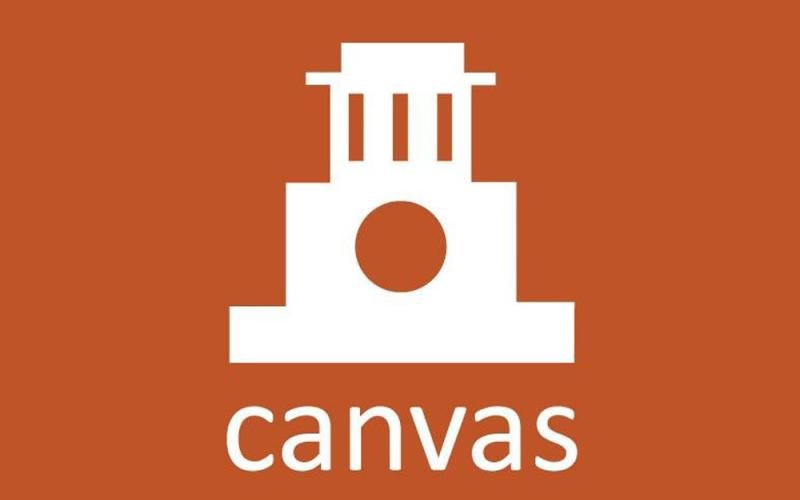Online Learning & Teaching
Who's doing this at UT?
Jeff Hellmer, Music, utilizes Cerego in his online synchronous course, “Jazz Appreciation.” Through Cerego, students are given instant feedback and an adaptive, customized learning path. Unlike traditional tests and quizzes, where students often guess answers and never return to the ones they didn't understand, students earn credit in the course by making progress in Cerego over time.
How Can I Do This?
Building an effective online course requires paying careful attention to both the materials of your course and how you will teach it. Give yourself plenty of time to identify the “big picture” ideas and knowledge that you expect students to learn and translate them into the online environment. As you assemble your ideas into a course structure, consider the technology requirements that you expect students to meet and how that impacts the ‘pacing’ of the course.
Broaden the ways you check student learning.
The role of assessment in an online course can make your students feel more connected to the material and give you more insight into their learning. Online tools can open up new possibilities for different (perhaps even more efficient and effective) ways to engage and assess your students as they journey through the course.
- In an online course, create assignments that tie directly to course learning outcomes so that students see clearly the connections between what they are learning and how they are learning.
- While using the Canvas quizzing feature is a valuable way to frequently check student learning, think of using alternate online tools to help students deepen their understanding.
- Low stakes, frequent assessment
Utilize different forms of content and content delivery in online environments.
In a face-to-face class, you have the advantage of communicating directly to your students and making adjustments based on their responses. Although you cannot be present with students in the same way when teaching online, there are many different ways of conveying information and guiding the exploration of ideas that help students build knowledge.
- While you can create many of your own materials for an online course, the Internet offers a wealth of resources to explore.
- Choose a “curate or create” strategy that fits your ability to generate or find online course materials.
- In an online course, students benefit from using materials that are tied quite closely to learning activities.
- “Chunk” your course materials into smaller units that fit into shorter, sequenced learning modules.
- Developing materials and fixing problems in an online course can take time.
- Consider the hidden costs of the technology and develop support strategies for when technological issues arise.
Adjust your role as a teacher by maintaining an active and engaged online social presence.
At first glance, an online environment can seem to disconnect students as they are separated by space and time. But in reality, teaching online offers us many, and even unique ways to build the kind of connections and community that encourage collaborative learning.
- In your syllabus and throughout the semester, clearly articulate how and when you will interact with students in an online environment so that they can develop a regular connection with you and their classmates.
- Set good examples and model the behaviors you’d like your students to adopt.
- Set student expectations for how you will participate in the course by being both a “speaker” (e.g., providing course materials or short lectures) and “listener” (e.g., exhibit curiosity and ask questions).
- Each group of students is different, both in how they interact with you and with each other, and how they engage with various activities.
- Offer students regular opportunities to provide you with feedback on how they feel they are doing throughout the semester.
Why Is This Important?
As more and more of our lives and careers are impacted by the digital world, online learning provides many and diverse benefits for students.
Democratization of the classroom
In a face-to-face course, you can miss opportunities to talk and work closely with all your students because the most outspoken students can often dominate the conversation. Online courses give all of your students the chance to consider materials while contributing thoughtful responses and creating well-crafted work.
- Because students can be required to participate more often in an online course, they can feel a greater sense of connection with you and their classmates.
- Online courses offer students opportunities for both learning and socialization.
- Online courses can be more accessible for students who require additional resources.
- Learn More
Convenience and flexibility in scheduling for you and your students
Students can do coursework on their own schedule and at their own pace. This flexibility facilitates balancing school, work and/or family obligations, enabling students to access more courses. Faculty members who teach online can also take advantage of this scheduling flexibility to balance teaching and their own personal obligations, as well as professional duties such as research, service, and mentoring students.
- By offering flexibility in your course, students have the time to digest course materials, complete assignments in a thoughtful way and respond meaningfully to their classmates.
- Students can often re-watch recorded lectures, repeat exercises, re-read peer discussion comments, and take the time they need to master concepts.
Development of digital fluency
Despite most students now being digital natives, many of them have a limited depth or breadth of proficiency with using online tools and apps for academic and professional purposes.
- Understanding the nuances of technology, developing an ability to communicate online, and being comfortable with conducting research online are quickly becoming important skills for almost every career in the twenty-first century.
Explore More

“Architecting Online Courses”
Our Deeper Dive Instructional Guide (DDIG) will help you explore key decisions and principles of learning design for online courses.

Strategies for Using Canvas
See the Canvas Training Center for tips about technology and teaching.

Value of Digital Learning
Office of Digital Learning enumerates the benefits to learners and educators.

